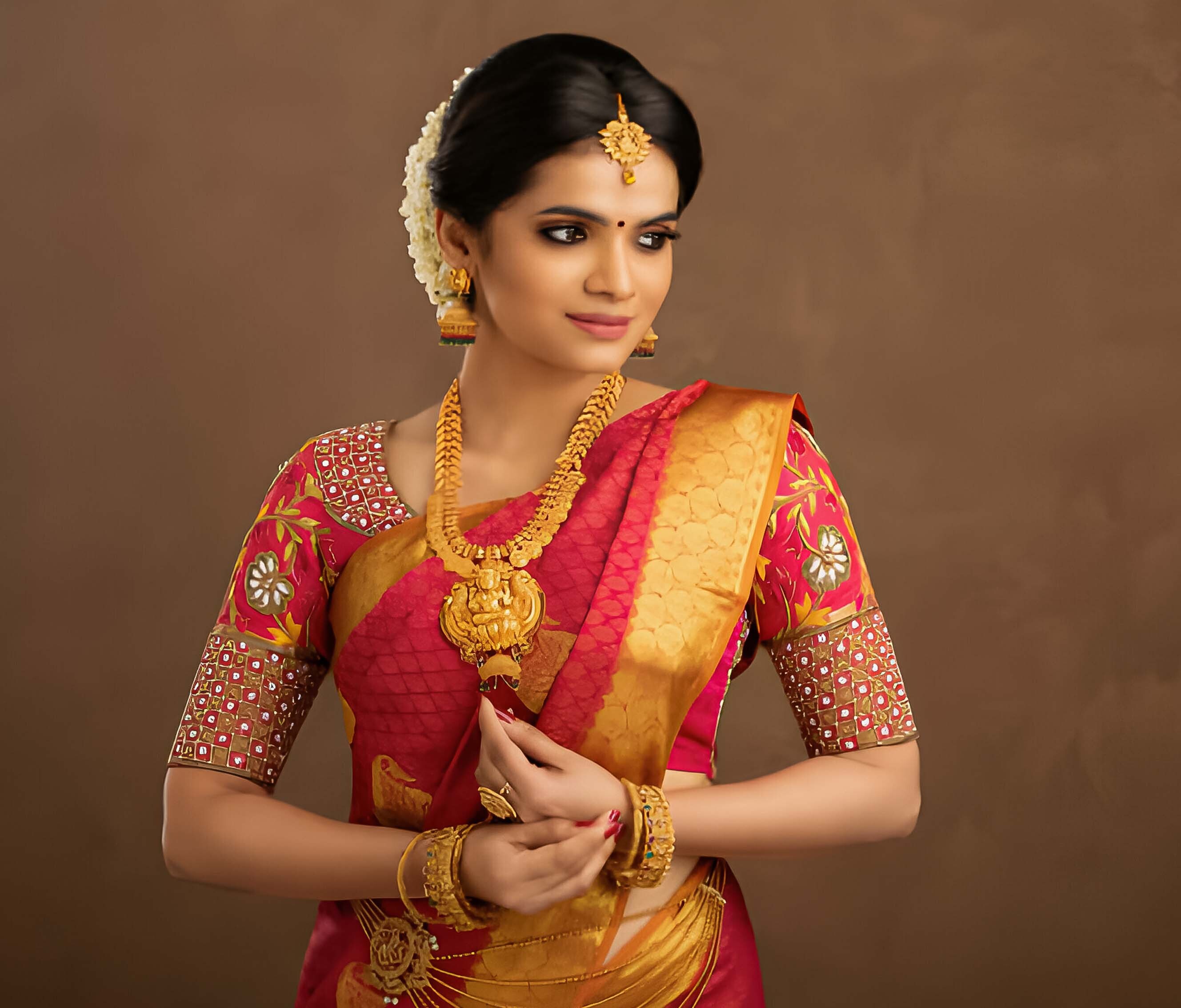
Fashion Archaeology: Unearthing Lost Styles and Reviving Ancient Textile Techniques
As the fashion industry propels forward, a captivating trend has emerged, captivating designers and enthusiasts alike: Fashion Archaeology. This intriguing concept ventures beyond the confines of contemporary trends, delving into the rich tapestry of history to resurrect forgotten styles and rejuvenate ancient textile techniques.
In the dynamic landscape of the decade, this movement stands as a bridge between the bygone eras and the avant-garde, offering a mesmerizing fusion of tradition and innovation. It's not merely about revisiting history; it's about redefining the present.
The allure of Fashion Archaeology lies in its dedication to preserving heritage while embracing modernity. It's an ode to craftsmanship, where ancient textile techniques serve as blueprints for reinvention. From meticulously deciphering ancient weaves to reviving fading dyeing methods, artisans and designers collaborate to infuse new life into forgotten artistry.
One of the most captivating aspects of this movement is its inherent sustainability. By embracing and reimagining age-old practices, Fashion Archaeology champions eco-consciousness. Resurrecting forgotten styles minimizes the need for resource-intensive production, fostering a shift towards more sustainable fashion practices.
Designers immerse themselves in the lore of ancient civilizations, drawing inspiration from hieroglyphs, pottery motifs, and archaeological discoveries. The revival of Mesopotamian embroidery techniques or the resurrection of Phoenician dyeing methods sparks a wave of innovation, breathing new vitality into modern collections.
Moreover, the societal narrative embedded in historical garments offers a profound connection to the past. Garments once worn to signify status, protect against elements, or symbolize cultural identity serve as an evocative canvas for contemporary storytelling. Each stitch, pattern, and embellishment holds a narrative, intertwining ancient tales with modern expressions.
Fashion Archaeology doesn't limit itself to high-end runways; it's a democratizing force in the industry. Collaborations between established brands and indigenous artisans amplify the voices of traditional communities. This synergy cultivates a platform where heritage crafts find a global audience, fostering cultural appreciation and economic empowerment.
The technological advancements further amplify the impact of this movement. Advanced imaging techniques and AI-powered tools aid in reconstructing ancient garments with unprecedented accuracy. This blend of technology and tradition not only preserves history but also opens new avenues for experimentation and creativity.
Yet, challenges persist. Authenticity and ethical sourcing remain paramount. The line between homage and appropriation demands conscientious navigation. Balancing innovation with respect for cultural origins is essential to honor the legacy of ancient techniques without erasing their significance.
Fashion Archaeology is not merely a trend; it's a testament to the timeless allure of craftsmanship and storytelling. It heralds a future where reverence for the past converges with the dynamism of the present. In this renaissance of ancient techniques, the fashion industry finds a harmonious blend of heritage, sustainability, and boundless creativity.
As Fashion Archaeology continues to captivate imaginations, it embarks on a transformative journey—a journey that transcends fashion, weaving together threads of history, innovation, and a deep-rooted respect for the artistry of yester years.
Related posts




